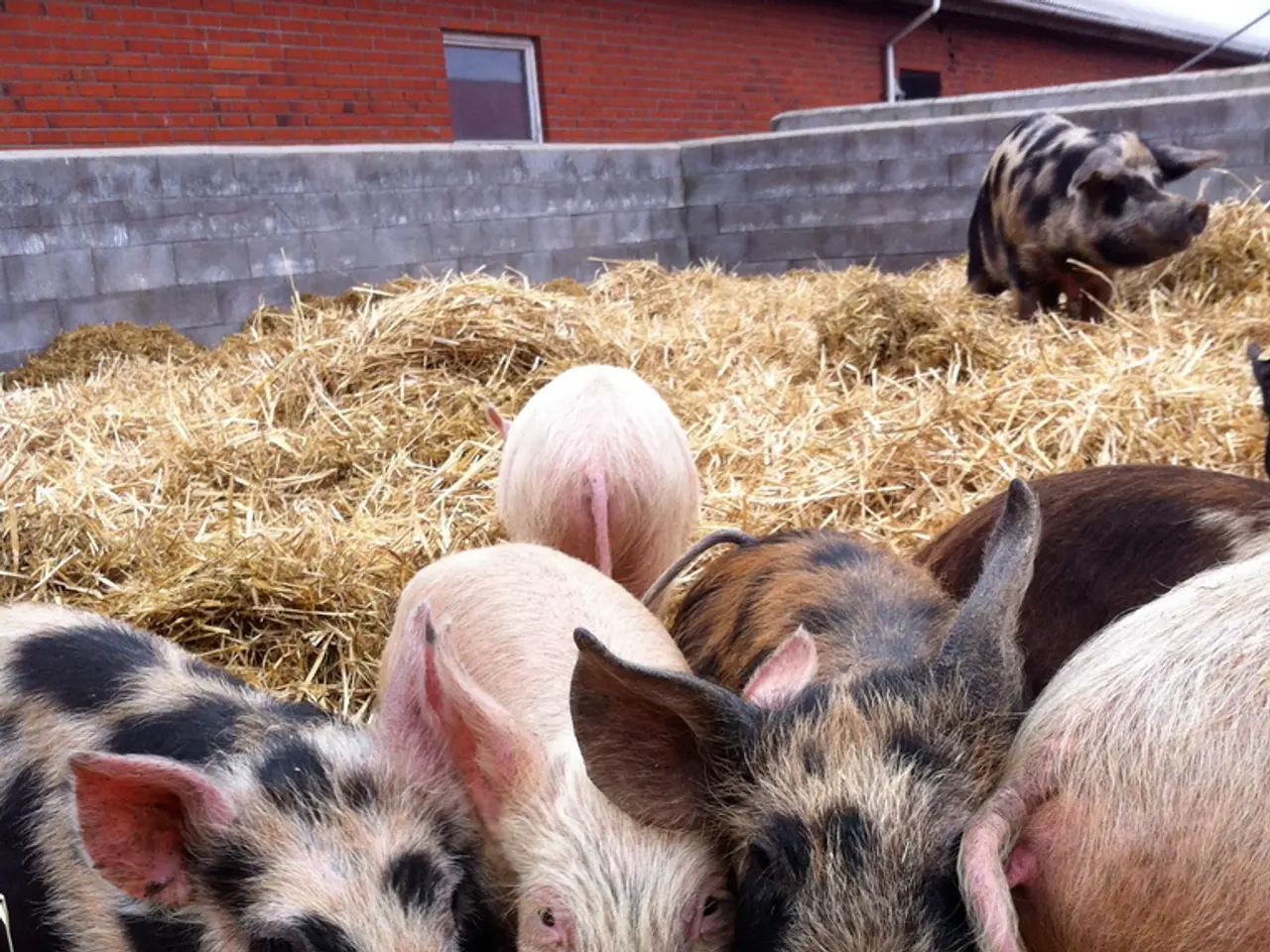Restoration of Pig Farming in Estonia Requires Additional Financial Support, States Parliament Committee
The pork industry in Estonia is grappling with an existential crisis, as outbreaks of African swine fever (ASF) have caused significant damage to the sector. According to Urmas Kruuse, the chairman of the Riigikogu rural affairs committee, the industry is part of a strategic value chain and requires immediate attention and support.
The Ministry of Regional Affairs and Agriculture is actively seeking options to compensate meat processing companies for costs related to the destruction of their products due to ASF. However, the Riigikogu rural affairs committee has not mentioned any specific domestic or European Union funding sources yet.
Kruuse has emphasised the need to find additional funds both domestically and from the European Union to restore the pig farming sector and breeding activities, which have been severely affected by ASF. He did not provide details about the compensation measures for the pork industry but stated that they should be created to support the sector during this challenging time.
The government's priority is to establish and adjust specific ASF control zones, such as zones II and III, around outbreak areas. Strict movement restrictions are being imposed, infected pigs are being culled immediately, and enhanced wild boar population management is being implemented to mitigate the risk. The government is also coordinating with EU regulations for containment measures and re-evaluating zone boundaries to control outbreaks and rebuild national self-sufficiency in pig production.
Investments targeted at pig farming should be prioritised to maintain Estonia's self-sufficiency level, which is estimated to drop to 39% next year due to ASF. At least 24,000 fattening pigs will not be produced, causing a two-year gap in Estonian pork products. Kruuse did not specify the amount of additional funding needed for pig farming restoration.
Despite the challenges, Kruuse praised the swift response of the government and various agencies to ASF. The Riigikogu rural affairs committee has emphasised the need to find additional funding for restoring pig farming in Estonia, but they have not discussed the timeline for recovery yet.
The estimated losses for the sales sector from ASF outbreaks amount to around 41.5 million euros. Restoring the pig population and breeding activities will require additional investments, and the government is working diligently to find the necessary resources to support the pork industry and ensure its long-term sustainability.
Read also:
- Peptide YY (PYY): Exploring its Role in Appetite Suppression, Intestinal Health, and Cognitive Links
- Toddler Health: Rotavirus Signs, Origins, and Potential Complications
- Digestive issues and heart discomfort: Root causes and associated health conditions
- House Infernos: Deadly Hazards Surpassing the Flames








